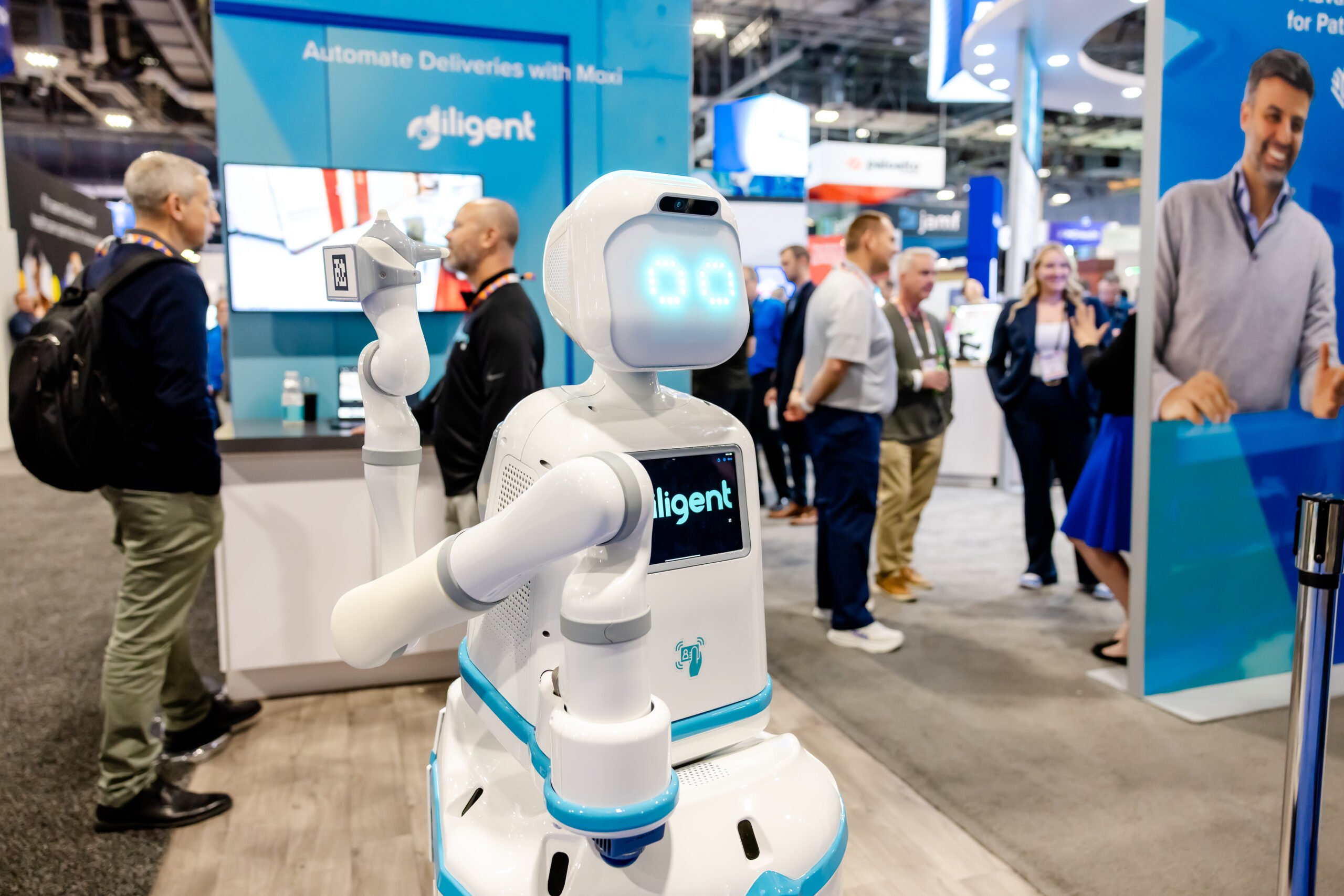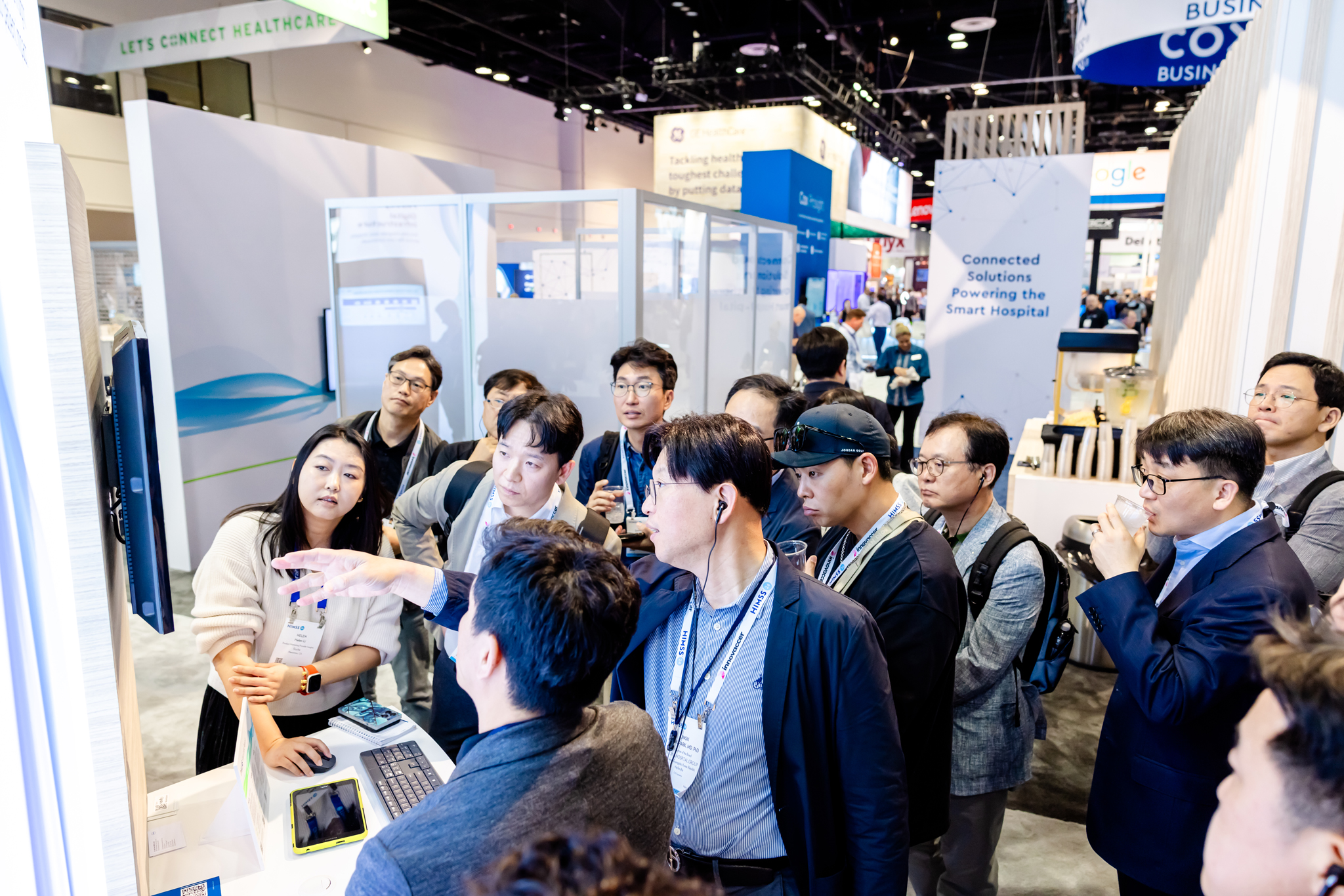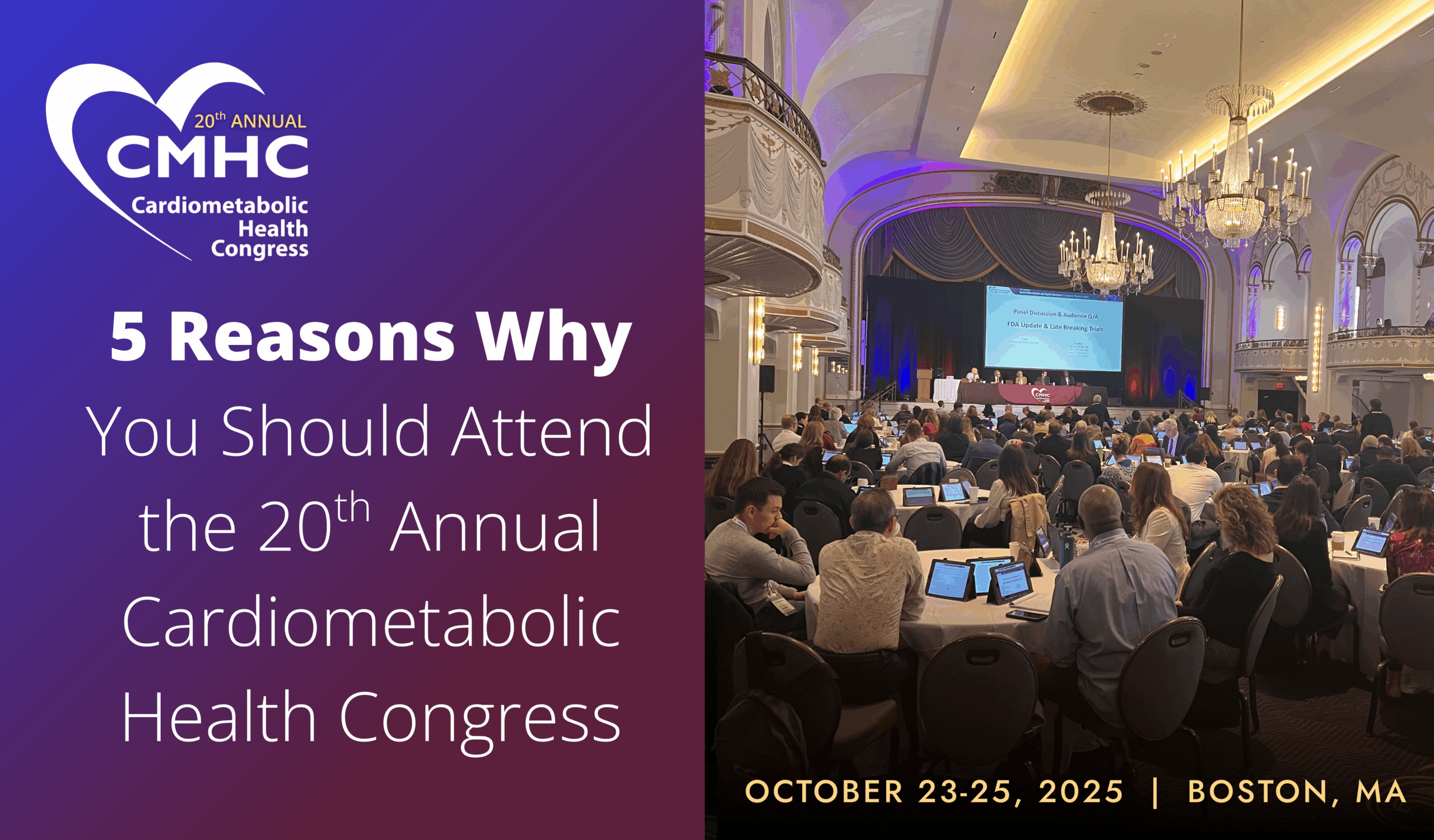As artificial intelligence (AI) technologies rapidly expand in healthcare, few roles are being reshaped more than nursing.
Once seen as a distant frontier, AI is now embedded in everyday tools that support clinical workflows, streamline documentation, and alert nurses to potential patient risks.
But while automation can enhance efficiency, it also raises big questions: Will technology deskill or empower the profession? How do nurses maintain their central role in delivering compassionate, hands-on care amid increasing reliance on algorithms?

When implemented thoughtfully, automation can reduce burnout, support clinical reasoning, and open doors to new opportunities.
Where AI Is Already Making a Mark in Nursing
Many nurses are already using AI—whether they realize it or not. Voice-enabled charting tools powered by ambient clinical intelligence are reducing time spent on documentation. Virtual assistants help triage patient questions, route messages, or flag issues for follow-up. Predictive analytics are surfacing early warning signs of sepsis, falls, or deterioration.
Rather than replacing clinical judgment, these tools are designed to sharpen it. They give nurses more space to focus on what only humans can do: assess nuance, offer comfort, and adapt in the moment.
Rethinking Workflows, Not Replacing the Workforce
Automation is accelerating a shift in how nursing tasks are distributed and prioritized. AI can optimize staffing by matching skillsets to acuity. It can assist with resource allocation and even support communication by identifying bottlenecks across care teams.
That doesn’t mean fewer nurses—but it does mean different workflows. Efficiency isn’t just about speed; it’s about improving outcomes and job satisfaction. Automation may free up time, but leadership must ensure that time is used meaningfully—for patient interaction, education, and professional development.
Smarter Decision Support at the Point of Care
Clinical decision support tools have existed for years, but today’s AI-enabled versions are faster, more adaptive, and more personalized. From medication safety checks to individualized care plan suggestions, these systems can surface relevant insights in real time.
Nurses are uniquely positioned to act on these insights because they’re present throughout the care journey. The challenge is ensuring these tools complement rather than complicate existing processes—and that their recommendations are transparent and trustworthy.
New Dimensions in Patient Engagement
AI isn’t just behind the scenes. It’s also transforming how nurses interact with patients. Chatbots, remote monitoring platforms, and automated education tools are extending support beyond the bedside.
Used well, these tools can personalize patient education, flag concerns between visits, and improve adherence. But they must be paired with human oversight to maintain empathy, clarity, and cultural competence.
Evolving Skills and Expanding Roles
As automation takes over routine tasks, the value of uniquely human skills increases. Emotional intelligence, ethical reasoning, and adaptability will only become more important.
Nursing education programs are beginning to include training on AI literacy, data interpretation, and collaborative decision-making with digital systems. At the same time, new career paths are emerging in nursing informatics, data science, and AI implementation strategy.
HIMSS26 will provide a platform for exploring how nursing roles are expanding alongside technology, particularly in sessions within the Nursing Innovation Forum.
Navigating Challenges and Setting Boundaries
Integrating AI into nursing practice is not without friction. Speakers at HIMSS25 emphasized the importance of involving nurses from ideation through implementation. At the Lead Your AI or It Will Be Leading You session, Brenton Hill, Head of Operations and General Counsel at the Coalition for Health AI, underscored that nurses are often overlooked in AI governance structures—yet they frequently make or break adoption. Their early inclusion isn’t optional; it’s essential for success. Change management, system integration, and frontline adoption remain major hurdles. Nurses must be included early in the design and deployment of any automated workflow.
Janice Lopez, nurse and HIMSS25 attendee shared, “As a bedside nurse, I bring the perspective of the end user, which is critical in evaluating new technology. I’m looking forward to seeing how innovations can make the entire hospital system more efficient and effective, from nurses to ancillary staff and management.”
Missed HIMSS25? Catch a clip from Hill’s session.
Ethically, questions about accountability, bias, and privacy loom large. Who’s responsible when an algorithm makes a faulty recommendation? How do we protect sensitive patient data while maximizing insight?
These questions aren’t theoretical—they require real frameworks and organizational safeguards.
Looking Ahead: A Rebalanced Profession
AI is not here to erase nursing—it’s here to rebalance it. When implemented thoughtfully, automation can reduce burnout, support clinical reasoning, and open doors to new opportunities. But it requires a mindset shift: from replacement anxiety to redesign optimism.
The future of nursing lies not in resisting automation, but in shaping it. At HIMSS26, nurses, executives, and innovators will come together to define what that future looks like.
Save the date and be part of the conversation about where nursing goes next.










